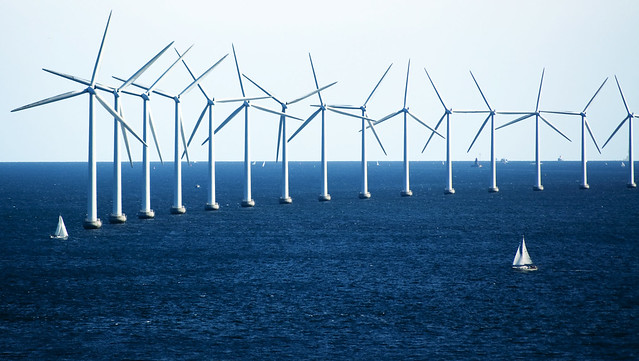
Bengaluru, (IANS): The smart home category in India, valued at Rs 8,000 crore in 2023, is projected to reach Rs 36,000 crore by 2028, underscoring India's rapidly growing appetite for advanced home technologies, a report said on Wednesday.The overall smart and non-smart home category, valued at Rs 90,000 crore in 2023, is now projected to expand approximately by 1.5 times, reaching Rs 1,40,000 crore by 2028, according to data provided by Redseer Strategy ConsultantsWhile security-related products are expected to lead the charge, contributing around 14 per cent to the market, other categories are also poised for steady growth by the given timeframe."India's smart home market is at an inflexion point due to changing market dynamics, most notably the growing customer interest, which has led to a 4 times increase in smart home device penetration since pre-Covid levels," said Amitabh Kumar, Engagement Manager at Redseer.This trend is further bolstered by rising internet penetration, now at 55 per cent, enabling a wider array of use cases for smart home devices.According to the report, smart home devices in India have evolved from basic, high-energy-consuming gadgets to sophisticated, connected systems that can be easily controlled by phones.Key categories driving this revolution include security (cameras, doorbells, locks), lighting...

